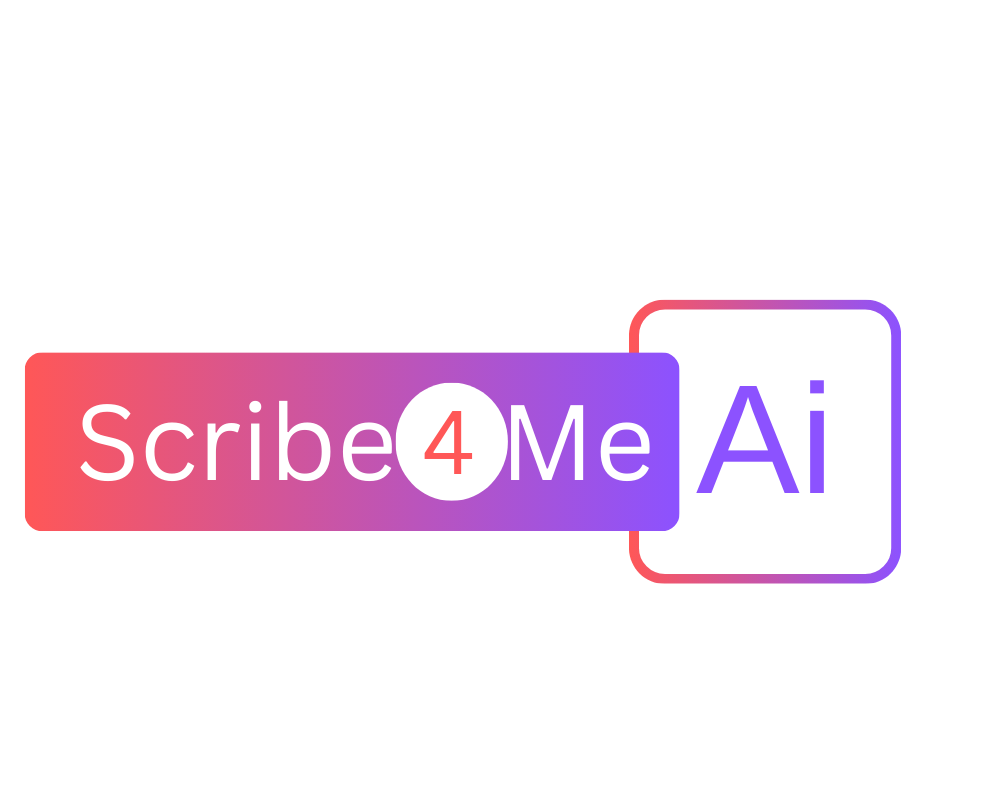

Podiatry AI Scribes - The Smart Step for Streamlined Foot Care
In podiatry precise documentation is essential for the proper diagnosis and treatment of foot and ankle conditions. However, the documentation burden on podiatrists can be overwhelming, with long hours spent on note-taking – sometimes after work, contributing to burnout. This is where AI scribes step in to lighten the load and help podiatrists manage their workload more efficiently. By automating the time consuming task of documentation, AI scribes streamline workflows and ensure accurate, real-time notes, giving podiatrists more time to focus on providing quality foot and ankle care. In this blog post, we will explore how podiatry AI scribes can transform podiatric practices for the better and drive greater efficiency.
How AI Scribes Enhance Podiatric Practice Efficiency
AI scribes offer numerous benefits to podiatrists. One of the most significant advantages is its ability to streamline patient documentation and improve practice efficiency. Dr. Larry Kosova a podiatrist from Naperville, IL, an early adopter of the AI scribing technology, explains how he uses it to generate complete, accurate notes during patient interactions. By capturing the conversation between the physician and the patient, AI systems can extract relevant information and automatically populate it in the EHR. For example, if a patient mentions an injury while fishing, the AI scribe filters out irrelevant details, focusing only on the key medical information for that visit. This highlights its efficiency in streamlining documentation, improving accuracy, and enhancing patient interactions.
Dr. John Guiliana, DPM, MS, Medical Director of Podiatry - Experiences With AI Scribes
Dr. John Guiliana, DPM, MS, Medical Director of Podiatry at Modernizing Medicine, says that AI scribes are like bringing your iPad into the treatment room and keeping it on the counter while having a normal discussion with the patient. The AI scribe listens to the conversation between the physician and the patient, capturing the details of their discussion, and then interprets the information to create a comprehensive SOAP note. He adds that the AI scribe just doesn’t record interactions and insert them into a note template. It is smart enough to extract the relevant data from the interactions and automatically enter it into the appropriate sections of the EHR. Dr.Guiliana envisions AI eventually generating orders and prescriptions directly from these notes, though he acknowledges that this capability is not fully realized yet.
Podiatry AI Scribes - Improving Patient Interaction And Satisfaction
Patients often feel frustrated when their physician spends more time looking at a computer screen than engaging with them. With AI-powered scribes podiatrists can have natural, uninterrupted conversations with their patients, while the AI handles data entry. This improves the patient experience, as it allows podiatrists to focus on building rapport with their patients rather than managing complex documentation. Dr. John Guiliana highlights how easily AI scribes integrate into a practice, comparing it to placing an iPad on the counter during an exam. The AI listens to the conversation and automatically takes notes, eliminating the need for typing or documenting during the visit. This set-up not only saves time but also improves care quality by allowing podiatrists to focus fully on their patients, boosting satisfaction.
AI Scribes In Podiatry - Overcoming Concerns And Challenges
Although podiatry AI scribes hold great promise, they do come with some challenges. One key concern is ensuring that AI-generated notes are accurate and complete. Dr. Kosova highlights that while AI scribes are generally accurate, occasional mistakes can occur. It’s important for podiatrists to review and verify AI-generated notes before signing off on them. However, he has been impressed by the accuracy of some products, mentioning that a few are nearly 99% accurate. Another challenge is the potential medico-legal implications of using AI for documentation. In some states, podiatrists may need to obtain patient consent to record interactions. Dr. Kosova ensures that his patients are fully aware of the AI scribe’s role in their care and obtains consent before using the technology. Transparency is crucial to avoid misunderstandings and ensure compliance with legal requirements.
Concluding Thoughts
Podiatry AI scribes are here to stay, and its integration into podiatric practice offers numerous benefits. From automating documentation to enhancing patient communication, AI scribes help podiatrists deliver high-quality foot and ankle care while improving efficiency. Rem Jackson, CEO of Top Practices, predicts that by the end of 2025, most podiatrists will be using AI scribes to handle their practice’s documentation, saving countless hours and reducing stress. Ultimately, AI scribes empower podiatrists to spend more time with their patients and focus on providing expert care for foot and ankle health.
Looking to hire a podiatry AI scribe for your practice? Step into a world of efficiency with Scribe4Me.Ai. Leave the charting to us, so you can put your best foot forward in patient care. Sign up and take up a 7 day free trial to see the difference for yourself – because every “step” counts!


